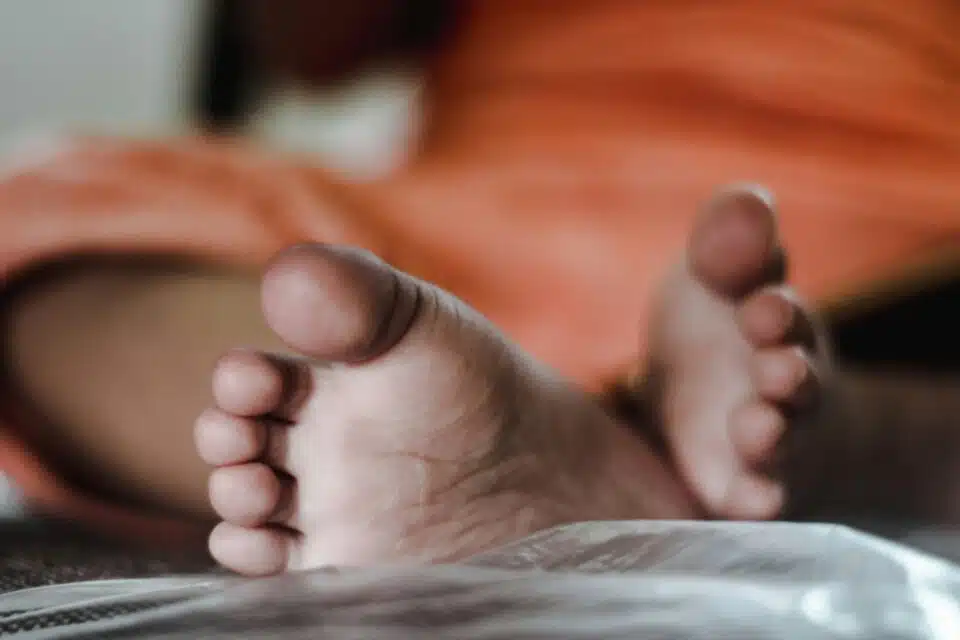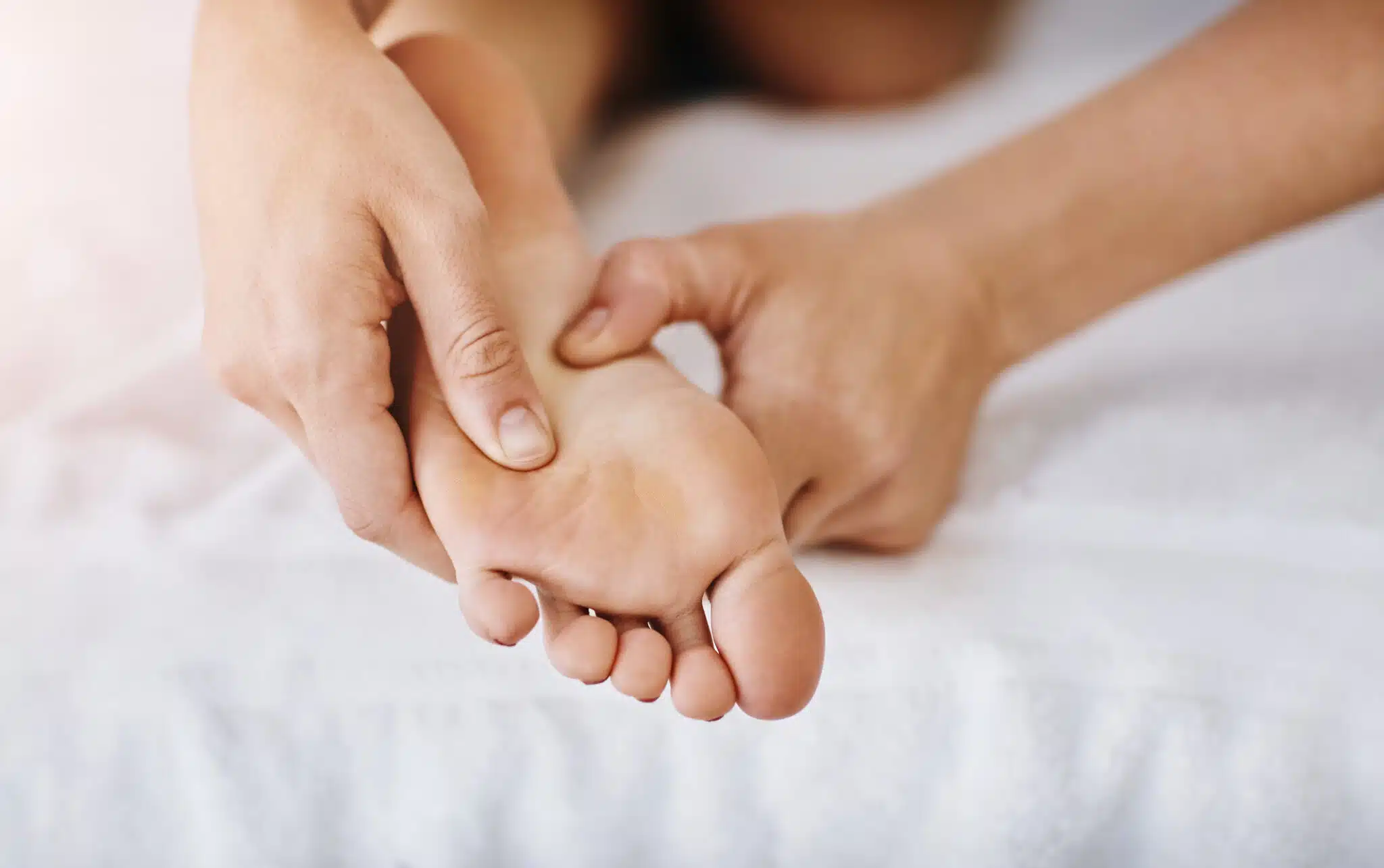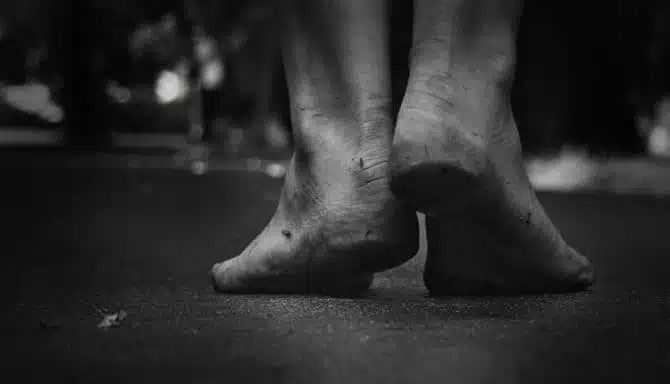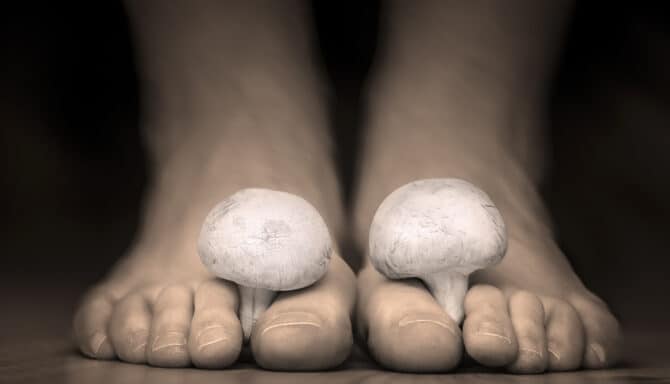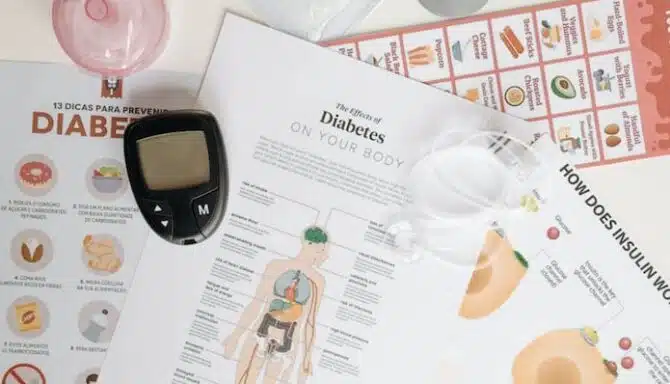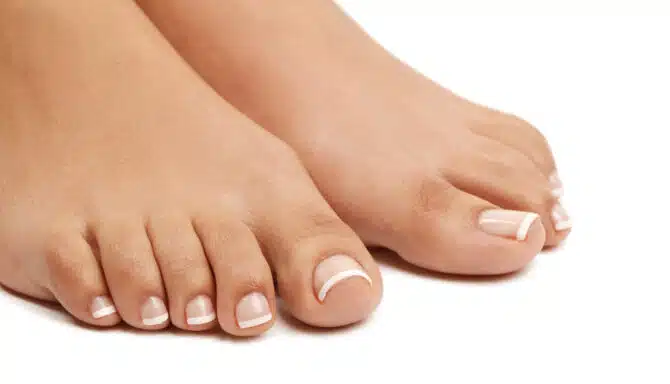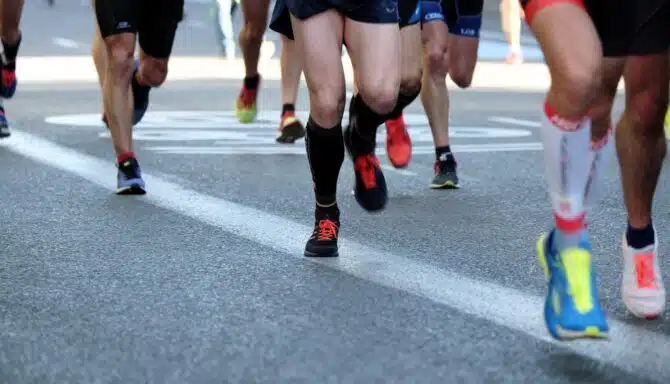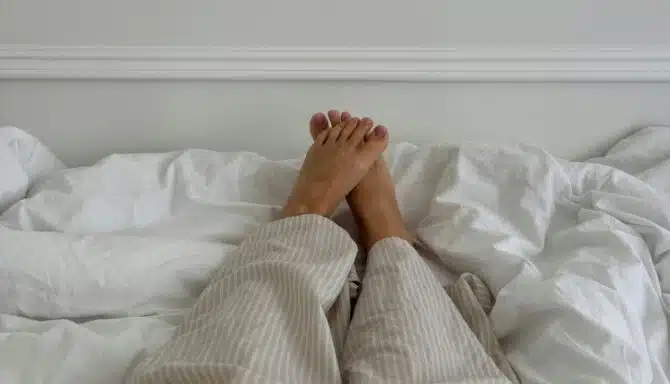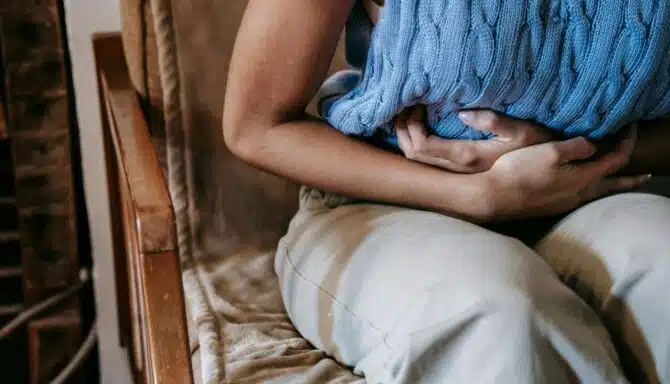Our feet are the unsung heroes of our daily lives, carrying us through countless steps and bearing the weight of our entire bodies. Yet, despite their importance, we often neglect their care until discomfort or pain strikes.
From pesky corns to stubborn plantar fasciitis, foot ailments can range from minor annoyances to significant impediments. However, with proactive measures and some TLC, you can overcome these standard foot issues and put your best foot forward.
This blog post explores practical strategies for alleviating and preventing some of the most prevalent foot ailments.
Corns and calluses
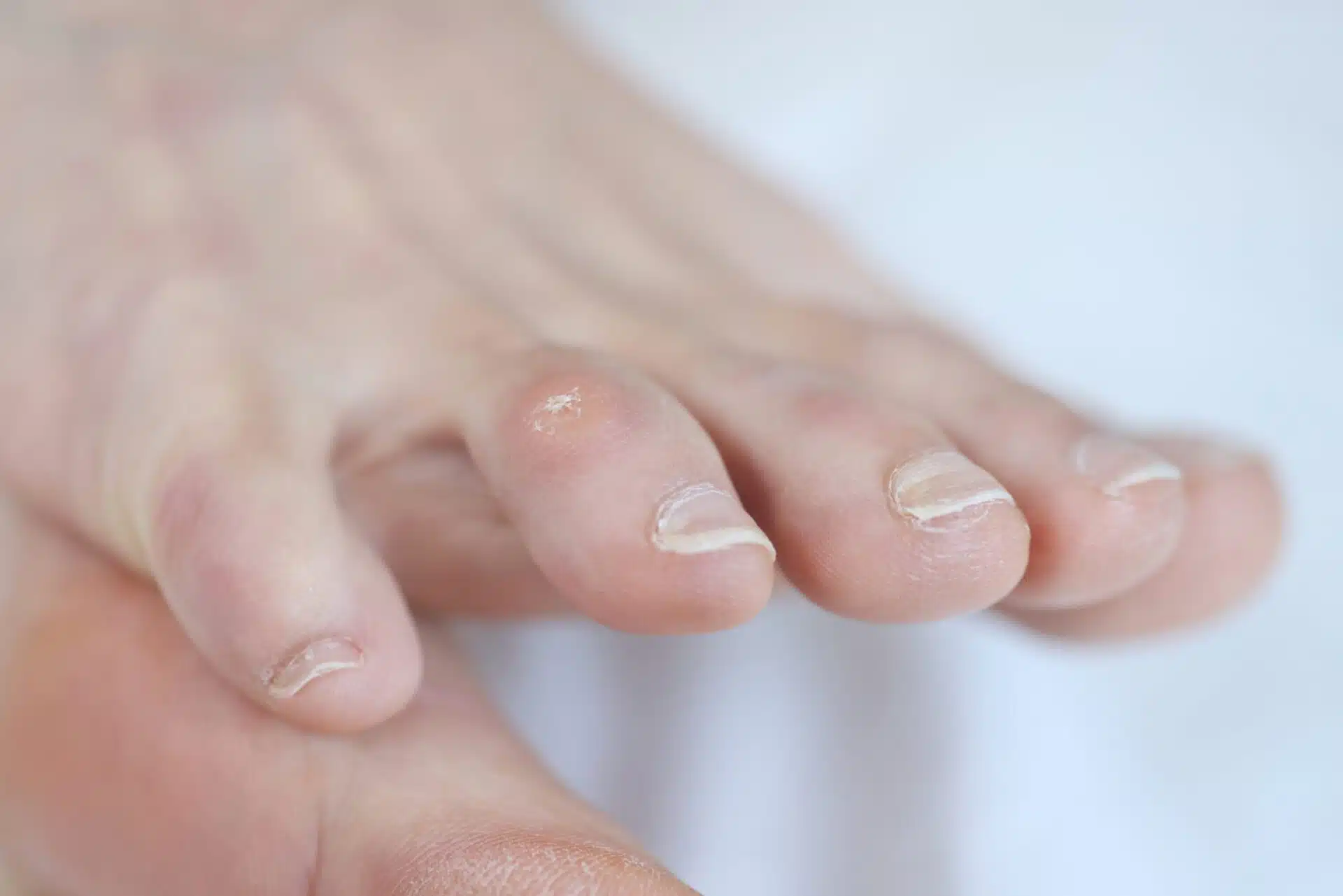
Corns and calluses are thickened, hardened areas of skin that develop in response to repeated friction, pressure, or irritation. They often form on the toes, heels, or balls of the feet and can be unsightly and uncomfortable. Corns are small and circular and are often found on on direct pressure areas- like the tips of toes and under the balls of your feet. They are also quite painful with direct pressure Calluses also typically occur on the weight-bearing parts of the foot, like the balls of the foot and heel, and tend to be larger than corns but less specific and painful.
Prevention
Minimizing friction and pressure on the affected areas is essential to prevent corns and calluses. This can be achieved by wearing properly fitting footwear with ample cushioning and support, using protective pads or inserts, and regularly moisturizing the skin to keep it soft and supple.
Treatments
Gentle exfoliation using a pumice stone or foot file can help remove dead skin cells and reduce thickness. Additionally, moisturizers or emollients can soften the skin and reduce the size of corns and calluses over time. If your corns or calluses are especially painful, you can see a chiropodist to safely and painlessly have them removed.
Plantar Fasciitis
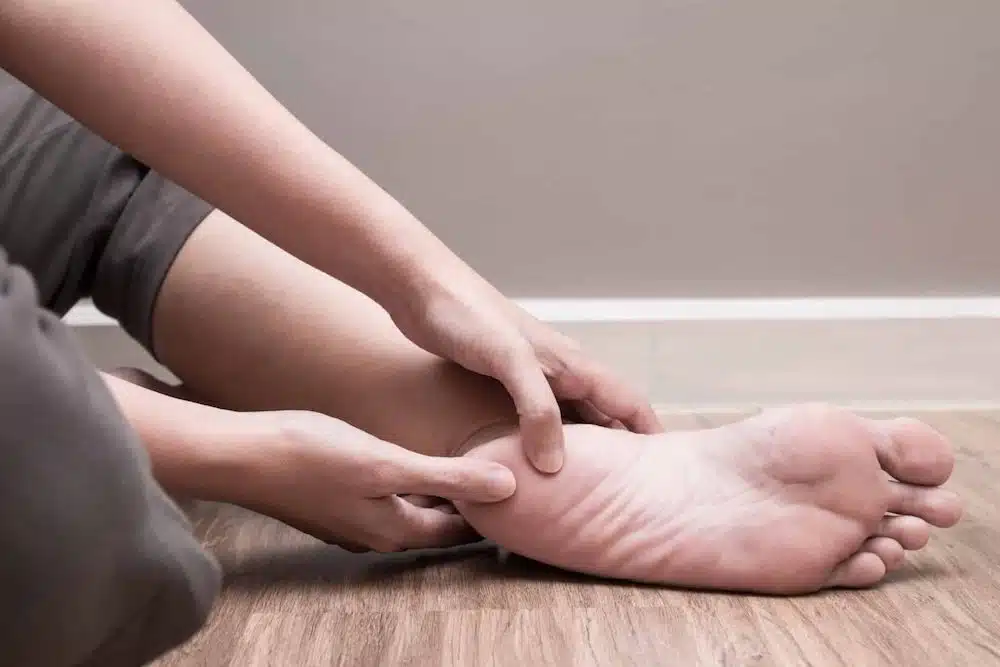
Plantar fasciitis, characterized by inflammation of the thick band of tissue across the bottom of your foot, can cause stabbing pain near the heel.
Treatments
You can do stretching exercises, wear supportive shoes, use custom orthotic inserts or Superfeet, apply wrapped ice packs, and try physical therapy. If your plantar fasciitis is chronic (i.e., it has persisted longer than 3-6 months), you may also consider shockwave therapy. Shockwave therapy is a non-invasive, effective treatment where soundwaves are applied to the affected area. This stimulates your body’s inflammatory response to heal the plantar fasciitis.
Prevention
Maintain a healthy weight, wear supportive shoes, avoid excessive high-impact activities, and incorporate regular stretching into your routine. Avoid sudden increases in physical activity, and take occasional rest days to allow your feet to recover. Rapid increases in intensity can overload the heel and plantar fascia. Instead, take a cautious approach to building up volume and reduce the intensity if you notice any discomfort.
Bunions
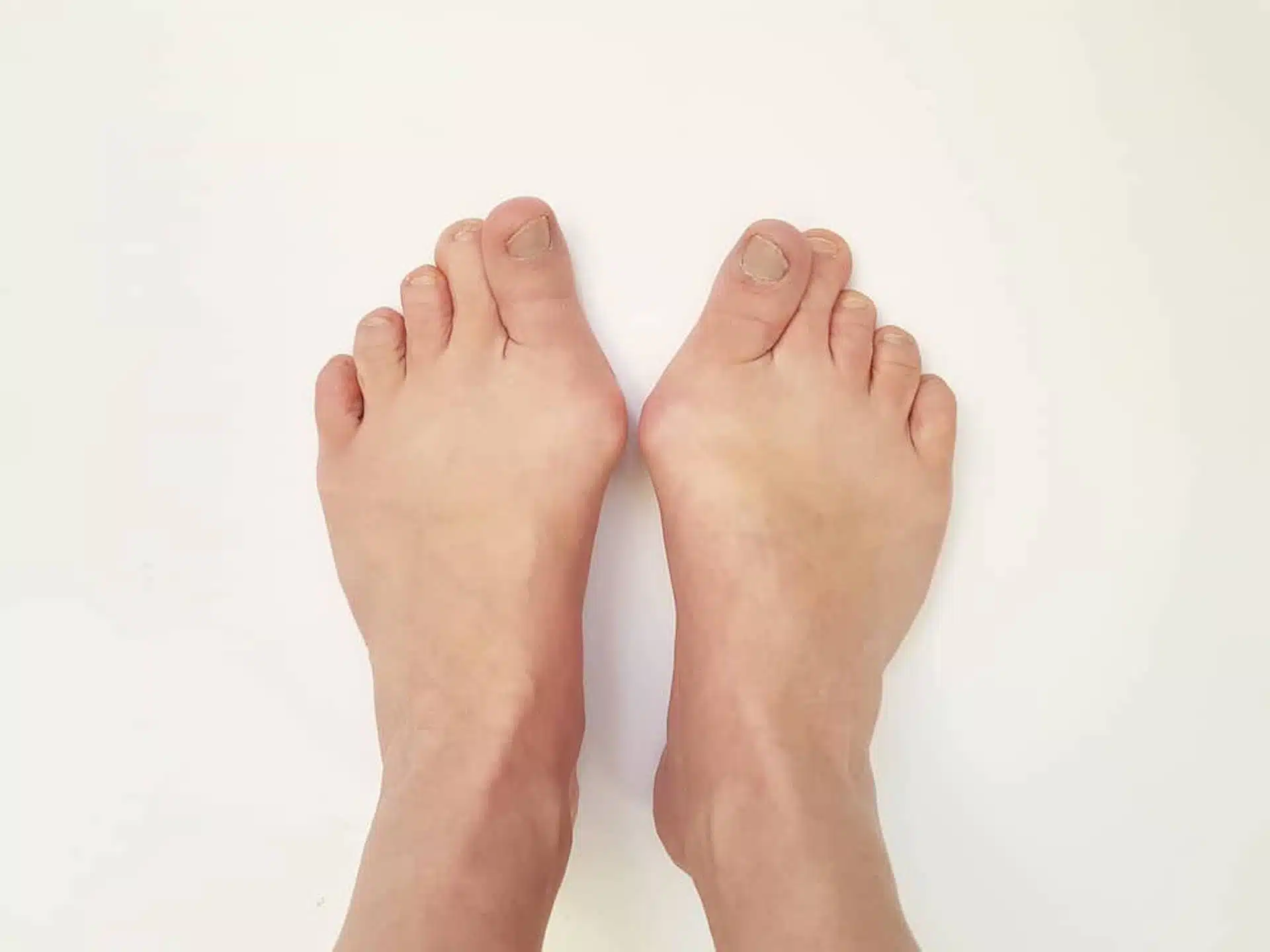
Bunions are bony bumps that form on the joint at the base of the big toe, often causing pain, swelling, and difficulty wearing shoes.
Treatments
While bunions cannot be reversed, there are many ways to manage them. Some methods for managing bunions include splinting the affected area, wearing shoes with a wide-toe box, avoiding high heels, wearing custom orthotics, and performing various stretches and exercises to strengthen the muslces in the foot and ankle. In severe cases, surgery is a potential treatment option.
Prevention
Choose shoes with ample toe space, avoid high heels or narrow shoes, maintain a healthy weight, and practice foot exercises to strengthen muscles and improve alignment. Custom orthotics and even toe spacers can be effective depending on the severity of your bunions.
Ingrown Toenails
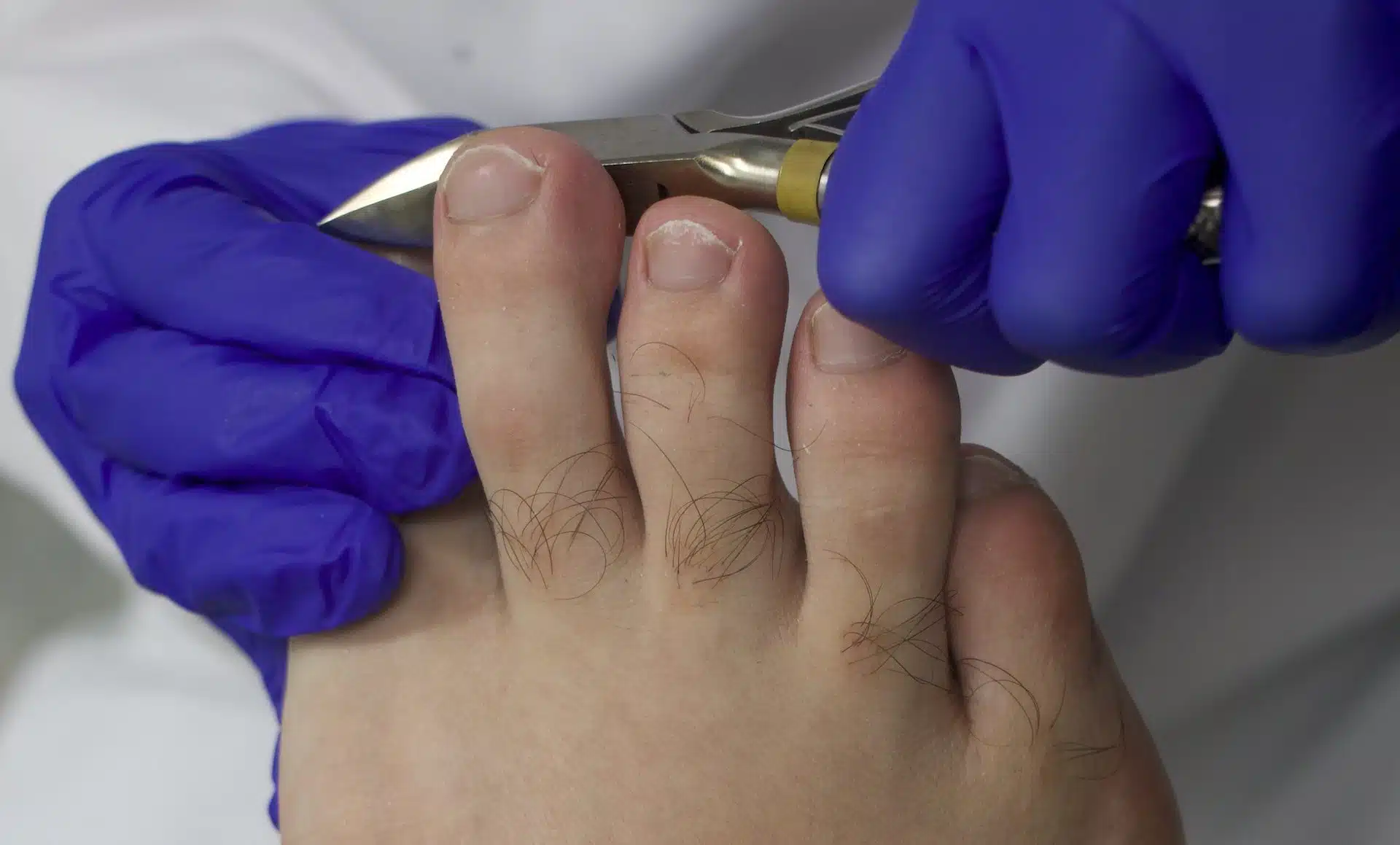
Ingrown toenails occur when the edge of the nail grows into the surrounding skin, leading to pain, redness, and infection.
Treatments
If your ingrown toenail is in its early stages and not causing any discomfort, you can try growing out the toenail. Then, soak the foot in warm water, gently lift the ingrown edge of the nail, and cut the toenail straight across. Ingrown toenails are prone to infection, so you feel any pain and discomfort, we recommend seeing a foot specialist like a chiropodist to avoid any complications. While waiting to see the chiropodist, you can soak the foot in warm water with epson salts, keep the area clean and dry and apply antibiotic ointment (if you suspect infection).
Prevention
Appropriate toenail care, avoid cutting them too short, wear proper-fitting shoes, and avoid picking or tearing at the nails.
Athlete’s Foot
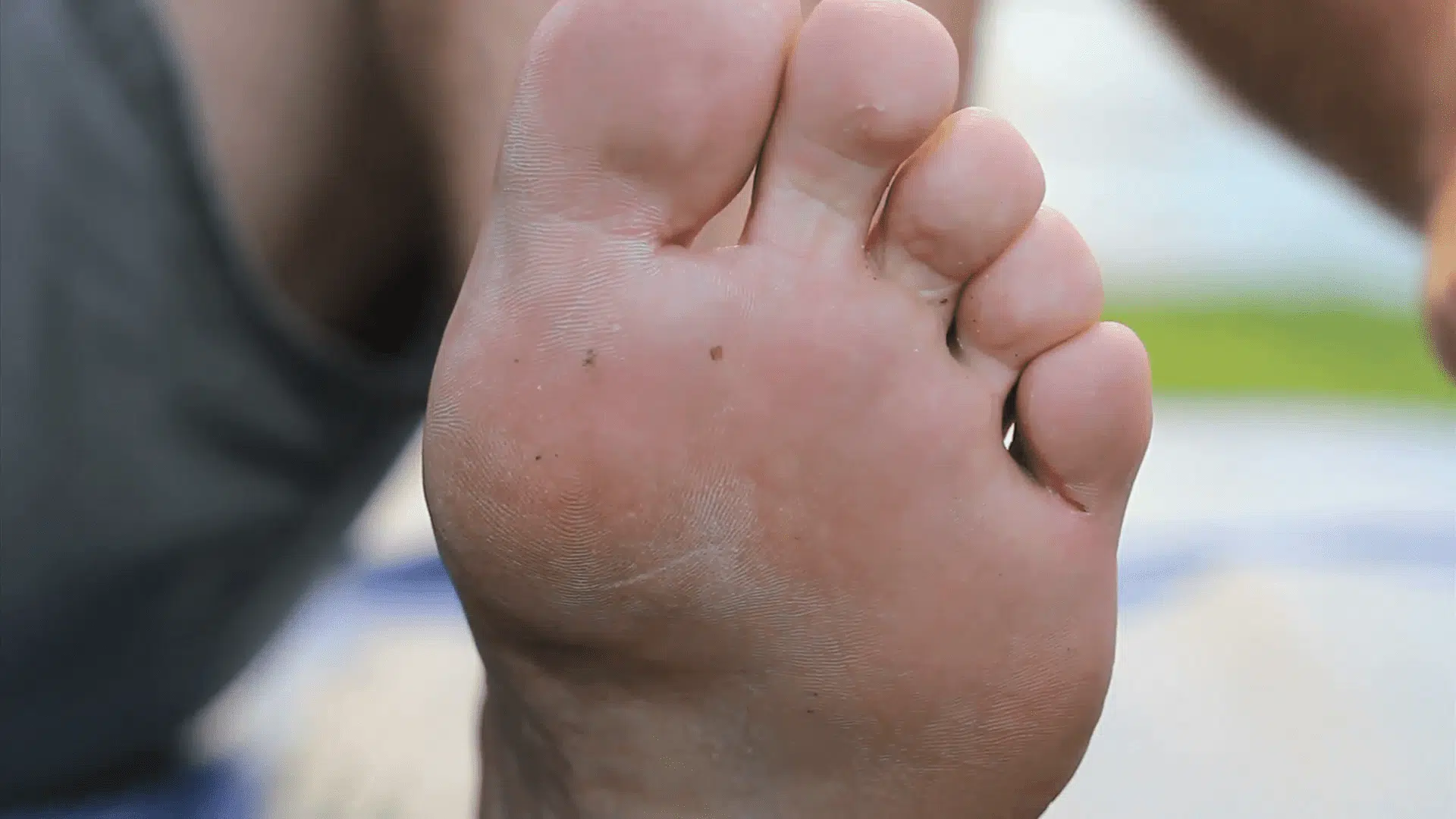
Athlete’s foot is a common fungal infection that causes itching, burning, and cracked skin between the toes.
Treatments
Keep feet clean and dry, apply antifungal creams or powders, wear breathable socks and shoes, and avoid sharing footwear or walking barefoot in public places.
Prevention
Practice good foot hygiene, wear moisture-wicking socks, rotate shoes to allow them to dry thoroughly between wears, and use antifungal foot powder as a preventive measure. In more severe or persistent cases, professional medical treatment may be necessary, including trimming or debriding the thickened skin.
